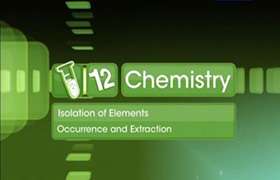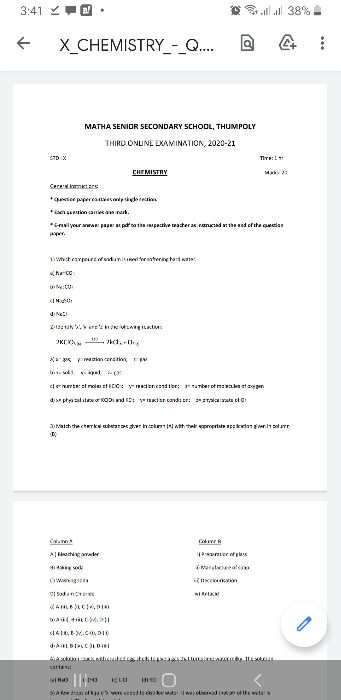CBSE Class 12-science Answered
Ellingham diagrams follow from the Second law of thremodyanamics [ΔG = ΔH - TΔS] and are a particular graphical form of it. ΔG is the Gibbs Free Energy Change,ΔH is the Enthalpy Change and ΔS is the Entropy Change]
The Ellingham diagram plots the Gibbs free energy change (ΔG) for the oxidation reaction versus the temperature. In the temperature ranges commonly used, the metal and the oxide are in a condensed state (liquid or solid) with the oxygen gaseous, the reactions may be exothermic or endothermic, but the ΔG of the oxidation always becomes more negative with lower temperature, and thus the reaction becomes more probable statistically. At a sufficiently high temperature, the sign of ΔG may invert (becoming negative) and the oxide can spontaneously reduce to the metal
Ellingham diagrams follow from the Second law of thremodyanamics [ΔG = ΔH - TΔS] and are a particular graphical form of it. ΔG is the Gibbs Free Energy Change,ΔH is the Enthalpy Change and ΔS is the Entropy Change]












